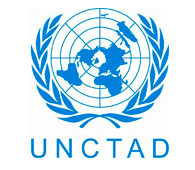Tempo de leitura: 1 minuto
Special economic zones (SEZs) have been used by many developing countries as a policy tool to promote industrialization and economic transformation. The World Development Report 2020 also recognizes the possibility of using SEZs as a means of facilitating global value chain participation. As a “high-risk, high-reward” instrument, the global results of SEZs in developing countries are quite mixed.
Results vary significantly with some regions or countries. As an industrial policy tool, an SEZ is supposed to complement market forces by helping to overcome market failures. Zone approach is both necessary and feasible, the host government also needs to decide what type of zone is the most suitable. There are typically two types of zones despite the many names they are given: SEZs and industrial parks.
SEZs often involve a “special” legal and regulatory regime, and may be appropriate in case the main constraints are related to legal and regulatory issues that affect the business environment besides other constraints, such as land and infrastructures. In other cases, a simple alternative to an SEZ is an industrial park, which does not require a special legal and regulatory regime. In such cases, an industrial park may be more appropriate because it involves less complex and risky processes.
Therefore, depending on the specific development objectives and constraints, an SEZ can be considered together with other possible options, though this note will mostly focus on SEZs.





Os comentários foram encerrados, mas trackbacks e pingbacks estão abertos.